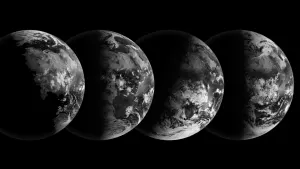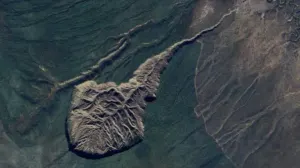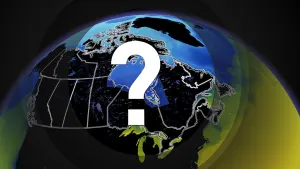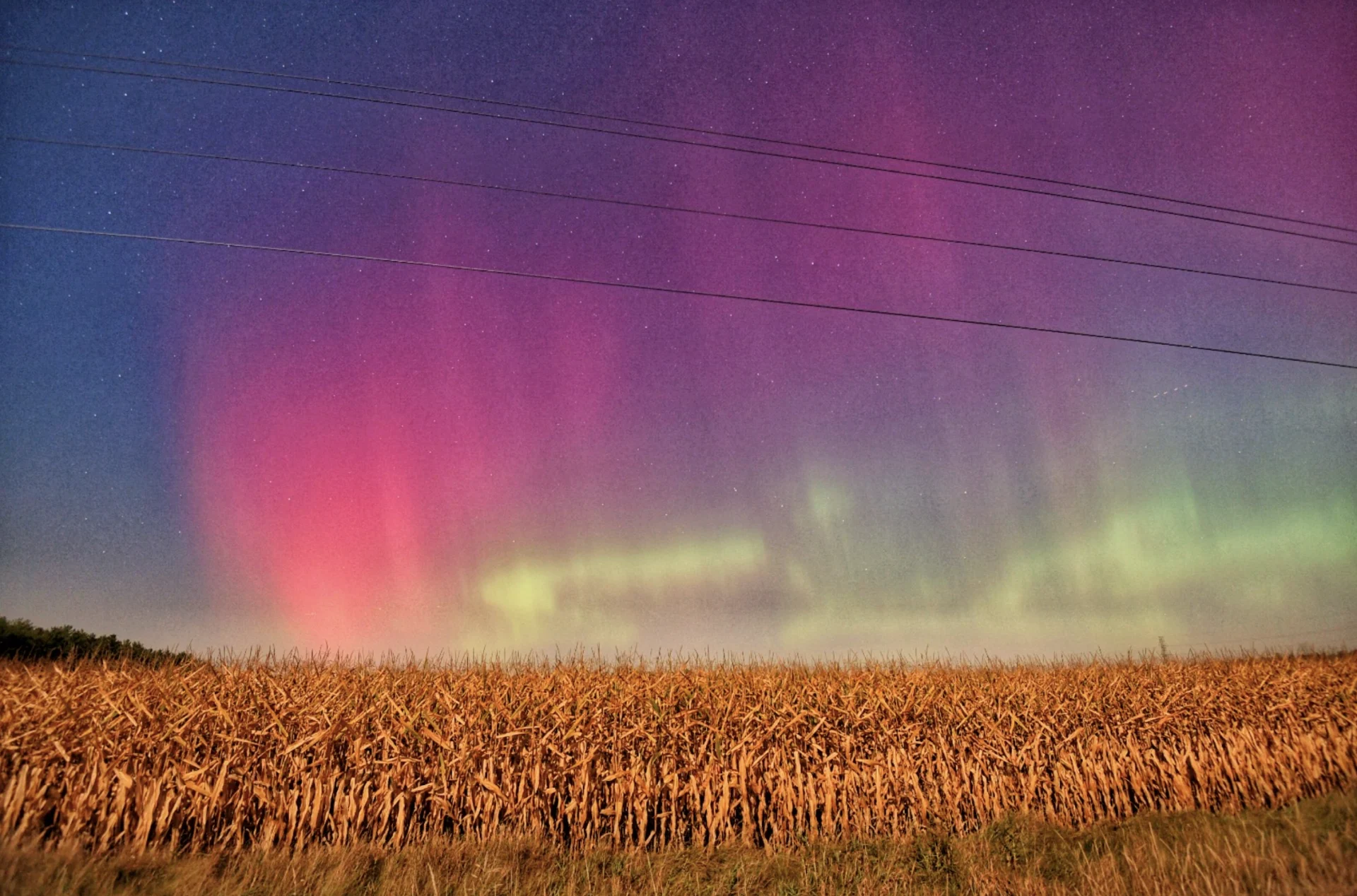
Capturing the northern lights is much simpler than you think
Hoping to capture the northern lights? As The Weather Network discovered, you don't need fancy equipment to record the moment
The northern lights put on yet another stunning display Monday night, with incredible shots taken as far south as Canada's lower latitudes.
The northern lights result from higher solar activity on the sun, and it seems like it's been "on fire" lately.
RELATED: Canadians dazzled with stunning northern lights after strong weekend solar flare
Picture the Summer Games. You have to wait four years for them to happen again. For the sun, however, a period like what’s happening now occurs only every 11 years, and some solar cycles are not always this active.
“Those interactions get pushed farther and farther south, to more southern, mid-latitudes where we are, to give us a better chance of seeing the northern lights,” astronomy technician Tiffany Fields told The Weather Network in Halifax, N.S.
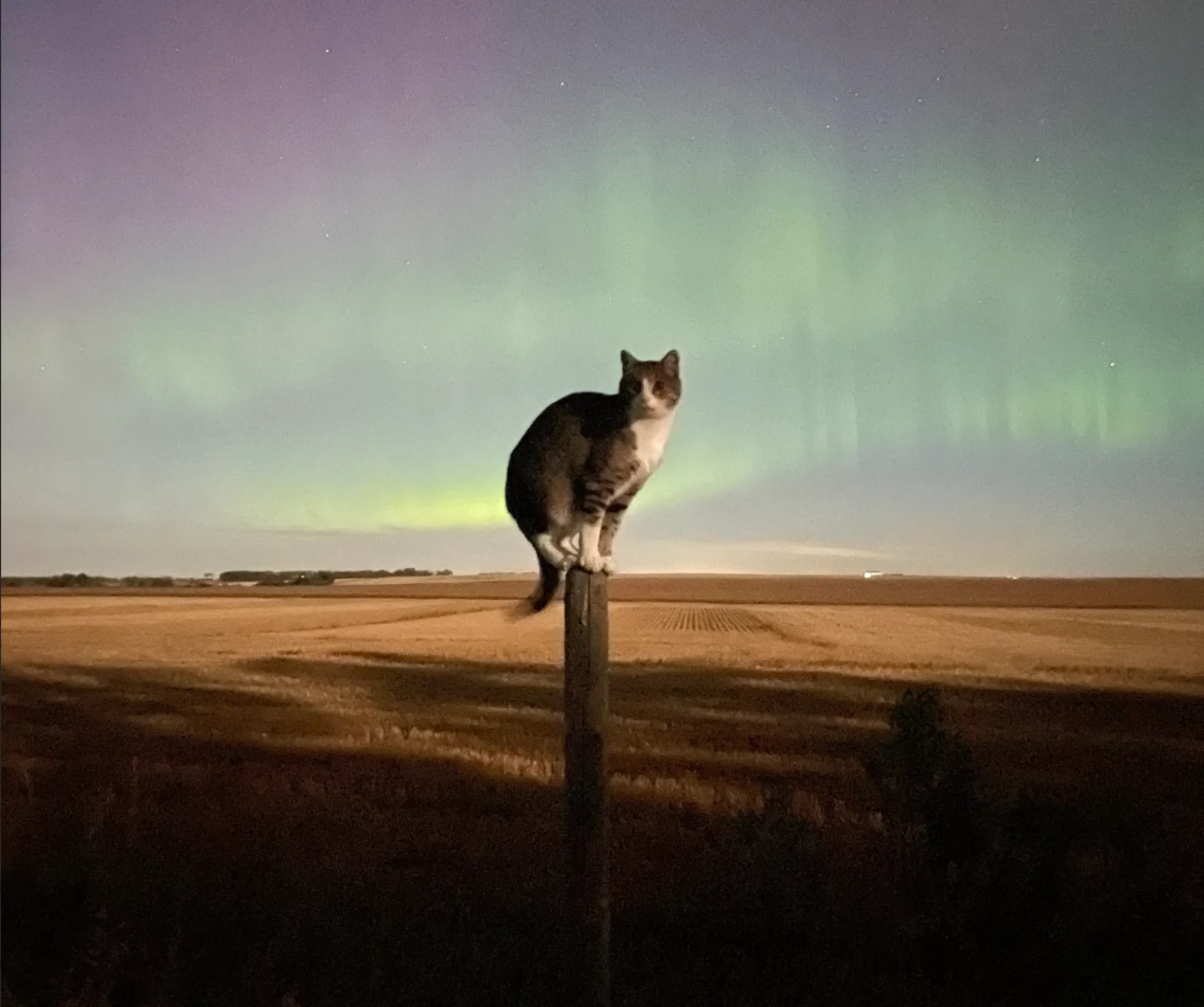
Taken in Didsbury, Alta. (Isabelle Karnas/Submitted to The Weather Network)
She says it’s expected to continue into this fall and winter.
So, what’s the best way to actually see them when you hear it’s going to be a good night for it?
“Your phone or a camera is going to pick up those lights way before your eyes will,” says Fields.
She runs the robotic Burke-Gaffney Observatory atop Saint Mary’s University in Halifax.
However, she’d rather use a smartphone than a telescope for the aurora borealis.
“I would avoid binoculars or a telescope for the northern lights because it zooms in too much on a small part of the sky and you really want to see the whole sky,” she says.

Taken in Veregin, Sask. (Colleen Broda/Facebook)
So no major investment needed.
“Something like a small tripod you can stick your phone in [will do the trick]."
You’ll need to set a longer exposure, so holding your phone with your hands will make it too shaky.
You can look up what’s called the auroral oval online to see the latest map.
“It’s a jpeg that gets frequently updated,” says Fields.
There’s also what’s called a KP index that ranges from 0 to 9, with anything exceeding 5 being a geomagnetic storm. The higher the number, the better the light show.
So, where should you set up?

Taken in Labrador on on Feb. 27, 2023. (Keith Fitzpatrick/X)
“I’m looking for a place that has a clear view of the northern horizon, a little bit [away from] the city lights,” says Fields.
If you’ve driven somewhere in a car, turn off your car lights when parked.
“Give your eyes maybe 15 to 20 minutes to adjust to the darkness.”
As for the colours, it depends on the strength of the storm," she advises.
“If there’s more material in the atmosphere interacting with the gases in our atmosphere, it’s more likely to see more red. If it’s not quite as strong, it’s more likely to be more green,” says Fields.
Thumbnail courtesy of Mark Robinson, Storm Hunter and meteorologist at The Weather Network.








